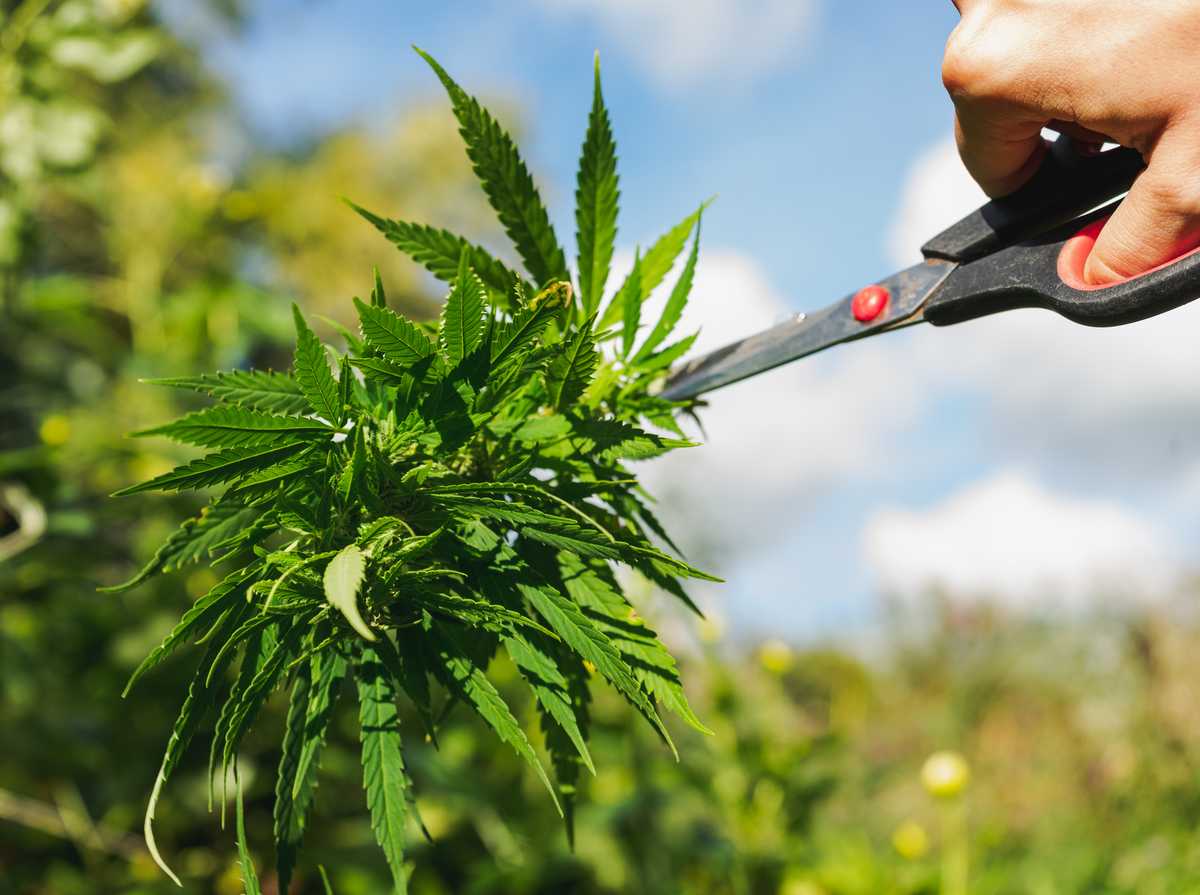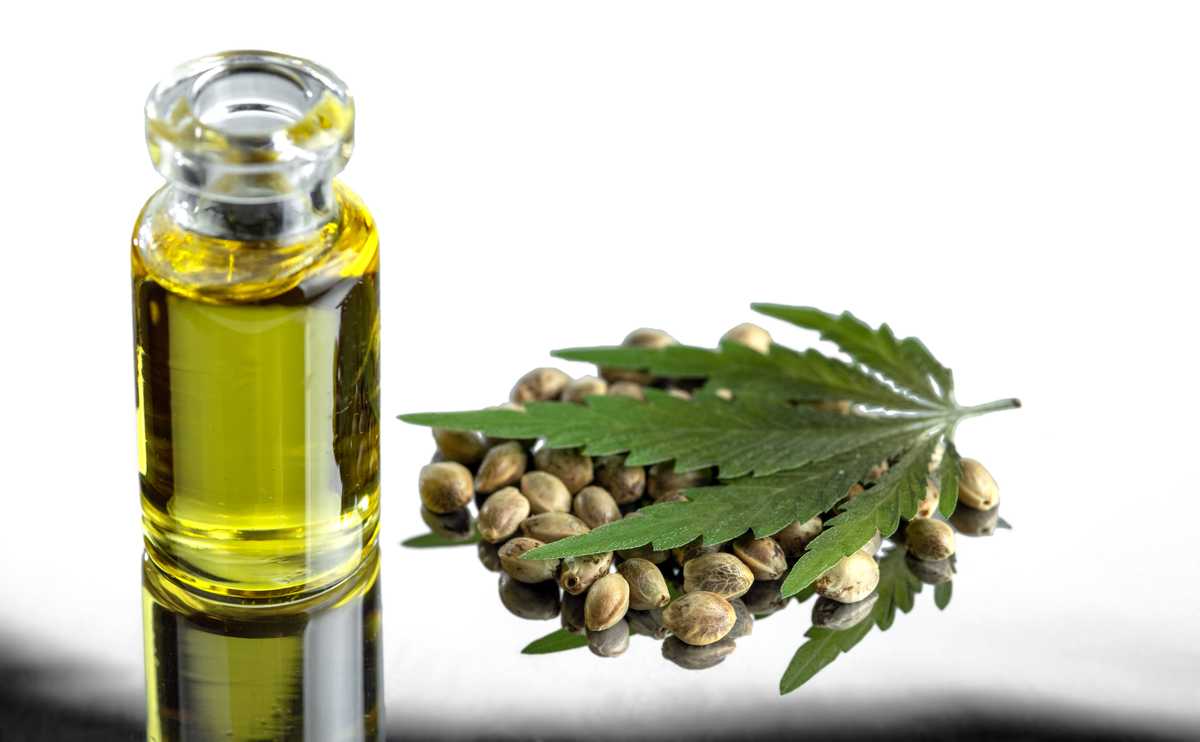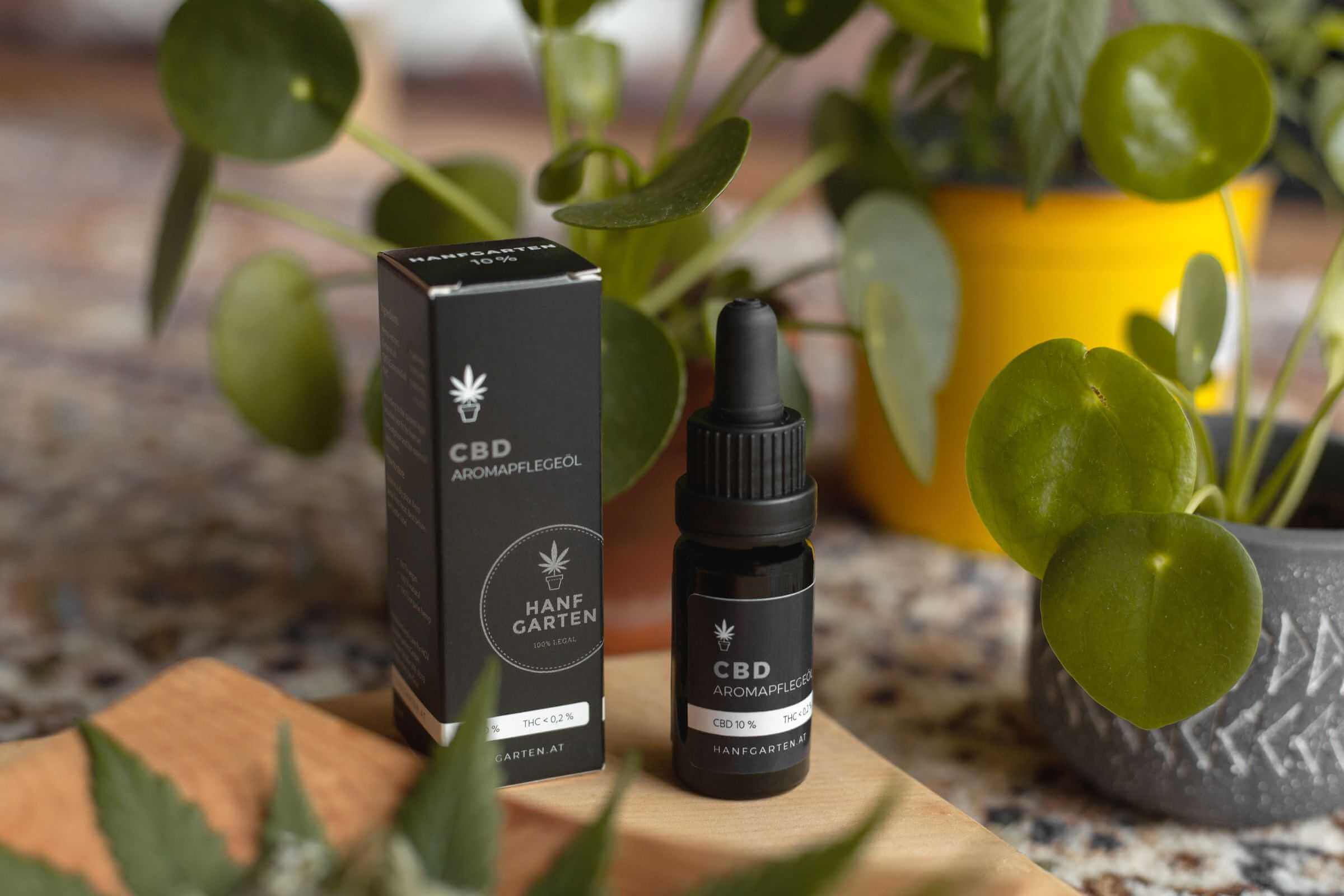
What Medical Conditions Does Cannabis Treat?
- Cannabis, a long-established medicine
- How cannabinoids work
- What are the properties of cannabis and its therapeutic applications?
- What does cannabis cure?
- How is medical cannabis administered?
- Existing cannabis-based drugs and confirmed indications
- Forms of medicinal cannabis
- What is medicinal CBD in Australia?
- Final Thoughts
Every day we are seeing breaking news talking about the miracle healing properties of cannabis. But what illness and diseases can medicinal cannabis cure and how do doctors know when to prescribe medicinal marijuana?
Cannabis, otherwise known as marijuana, is known to treat: epilepsy, cancer (chemotherapy), IBS, chronic back pains, spinal injury, period pain, glaucoma, Parkinsons and more. The medical research into cannabis and its ability to treat illnesses is still in its infancy. Australia is using medical marijuana to treat epilepsy, chemotherapy and spinal injuries for adults and children.
The therapeutic properties of cannabis are increasingly recognised, to the extent that many countries have already authorised cannabis-based medicines for the treatment of diseases or to alleviate the side effects of other treatments.
Table of Contents.
Note: The information given on this page is not medical advice and should not be relied on in this way. Individuals wanting medical advice on this issue should consult a health professional.
Cannabis, a long-established medicine

Therapeutic uses of cannabis have a long history. They date back to antiquity when cannabis was used in China, India and the Middle East to treat, for example, constipation, paralytic infectious diseases, pain, vomiting, bleeding, and so on.
In this part of the world, Indian hemp has been used since 1000 B.C. for a wide range of functions: as an analgesic (against headaches, dental pain, etc.), anti-convulsant (against epilepsy, tetanus), tranquillizer (against anxiety, hysteria, etc.), anti-inflammatory (rheumatism, etc.), antispasmodic (colic, diarrhea), antibiotic, anti-parasitic, appetite stimulant, etc.
Used in the form of an extract or tincture, cannabis for therapeutic use appeared in Europe in the 19th century, mainly as a sedative, analgesic, antiemetic (against vomiting) and anti-seizure.
But it was not until 1964, with the discovery of Delta-9-Tetrahydrocannabinol (THC), the primary cannabinoid in cannabis with psychoactive properties, and then with the discovery in 1990 of the two types of cannabinoid receptors present in the body, that the effects observed for centuries began to be scientifically proven.
Since then, researchers have been working on the development of cannabis-based drugs to treat many diseases, relieve their symptoms or the side effects associated with other treatments.
How cannabinoids work
Endocannabinoids are substances produced naturally by the human body in tiny quantities.
Synthesised on demand, they interact with two types of receptors:
- The cannabinoid 1 receptor (CB1); which plays an essential role in the activation of neurons in our central nervous system (brain and spinal cord).
- The cannabinoid 2 receptor (CB2); which is found almost exclusively on the cells of our immune system, including the spleen.
CB1 and CB2 are involved in many physiological processes, such as brain maturation or bone mass.
Like endocannabinoids, THC or Delta-9-Tetrahydrocannabinol, the main active compound in cannabis - has a high affinity for both types of receptors, which explains its psychotropic action but also its therapeutic potential.
Like THC, other plant cannabinoids present in cannabis can claim similar therapeutic properties.
Of the 60 known compounds, cannabinol (CBN) and cannabidiol (CBD) are the most widely used and studied.
In Australia, the medical use of CBD is by far the most popular as it is a non-psychoactive compound. The CBD compound is of particular interest to researchers for its:
- Remarkable anti-inflammatory properties associated with neuroprotective actions.
- Antiarthritic effect in mice.
What are the properties of cannabis and its therapeutic applications?
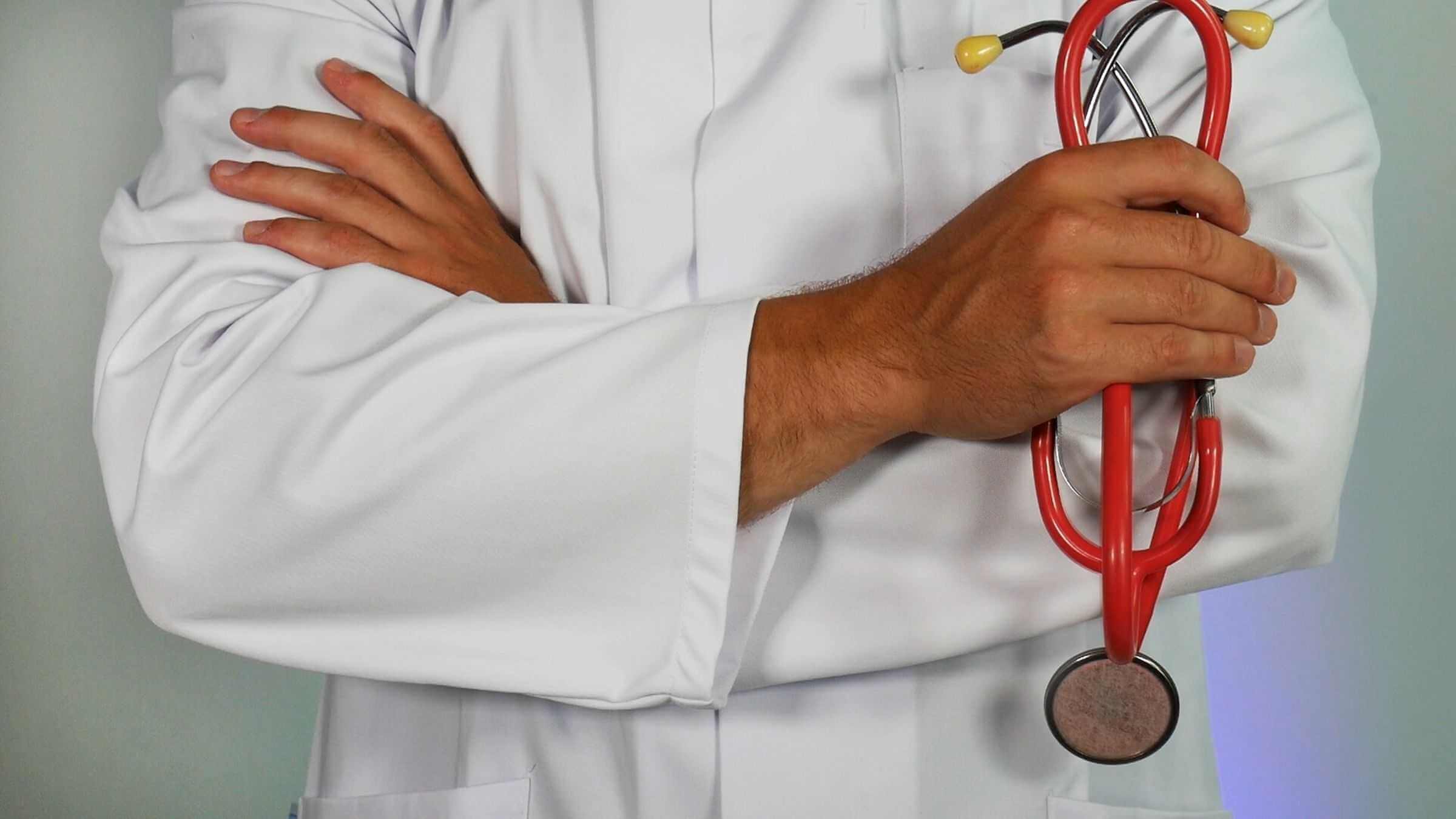
Many properties have been scientifically proven:
- Analgesics.
- Antiemetics.
- Antispasmodic.
- Neuroprotective.
- Anti-inflammatory.
- Against certain psychiatric diseases.
Therapeutic applications of cannabis
Thousands of scientific and clinical studies have been published with growing interest over the last few years. The therapeutic applications of cannabis are increasingly recognised as an effective medical treatment for symptoms like:
| Treatment Type | Therapeutic Effects | Symptoms Or Diseases |
|---|---|---|
| CBD | Anti-Nausea, Relaxant and Antidepressant | Addiction |
| CBD | Appetite Activators | Anorexia, Cachexia, and treatment for thinness |
| CBD | Bronchodilators | Asthma |
| CBD | Nausea | Autoimmune Diseases |
| CBD | Antidepressants | Depression |
| CBD | Antispasmodic and Anti-Convulsant | Epilepsy |
| CBD | Vasodilators | Glaucoma |
| CBD | Vasodilators and Anti-Inflammatory | Headaches and Migraines |
| CBD | Anti-Inflammatory | IBS |
| CBD | Anti-Inflammatory | Inflammation |
| CBD | Antispasmodic and Relaxant | Movement Disorders |
| CBD | Anti-Nausea | Nausea |
| CBD | Analgesics: Neuralgia | Pain |
| CBD | Anxiolytics | Psychiatric Symptoms |
| CBD | Antipsychotics | Schizophrenia |
| CBD | Relaxant | Sleeping Disorders |
| CBD | Antispasmodic and Anti-Convulsant | Spasms, Multiple Sclerosis and Epilepsy |
| CBD | Anti-Nausea | Vomiting |
There are over 200 therapeutic applications in total, as mentioned in the International Association for Medical Cannabis has listed more than 200 therapeutic applications.
They are attributable to the activation of cannabinoid receptors (CB1 and CB2) that are distributed throughout the body: nervous system, peripheral system, immune system.
What does cannabis cure?

Numerous studies have examined the efficacy of therapeutic cannabis and its compounds, including THC and CBD. Here are ten cures of marijuana often mentioned in the scientific literature.
1. Cannabis is believed to prevent epileptic seizures
A 2003 study in rats showed that cannabis could prevent seizures. Cannabis compounds are believed to be anti-convulsant.
2. Cannabis stimulates the appetite
Dronabinol is a drug authorised to combat AIDS-related anorexia and general thinness.
Dronabinol contains delta-9-tetrahydrocannabinol (THC), a psychotropic cannabis drug. This molecule binds to a cannabinoid receptor, thus increasing appetite.
3. Cannabis against the side effects of chemotherapies
The same drug (Dronabinol) is prescribed to limit the side effects of anti-cancer treatments, namely nausea, and vomiting related to chemotherapy.
THC inhibits nausea and vomiting via the binding to CB1 cannabinoid receptors.
4. Cannabis may be useful for depression
According to a 2015 study by the University of Buffalo, compounds in cannabis may help stabilise mood and combat depression.
5. Cannabis for chronic pain
In January 2017, the National Academy of Science, Engineering and Medicine of the United States published a report on the therapeutic uses of cannabis.
According to the authors, there is substantial evidence of the efficacy of medical marijuana in the treatment of chronic pain in adults.
6. Cannabis for tremors in Parkinson’s disease
Cannabis that cures without side effects? In Australia, researchers have developed synthetic cannabis that provides relief to patients without them getting “high”.
Tested on patients with Parkinson’s disease, the drug has been shown to reduce dyskinesia, abnormal involuntary movements.
7. Cannabis is believed to limit the progression of Alzheimer’s disease
A study by the Scripps Research Institute has suggested that cannabis reduces the progression of Alzheimer’s disease.
THC, present in cannabis, may limit the formation of amyloid plaques in the brain by inhibiting an enzyme responsible for their creation.
These amyloid plaques are linked to patients’ symptoms and the destruction of neurons.
8. Is cannabis effective against the pain of multiple sclerosis?
Cannabis is believed to relieve pain associated with multiple sclerosis (MS).
Research published in 2012 examined 30 patients with painful muscle contractions associated with MS. Although these people failed to respond to other therapies, cannabis relieved their pain.
Cannabis is believed to reduce muscle spasticity in MS.
9. Cannabis would be useful for glaucoma
Cannabis would reduce intraocular pressure in glaucoma cases. In a small clinical trial, two hours after oral administration of cannabis compounds, intraocular pressure was lowered.
10. Cannabis is believed to have anti-cancer properties
Cannabidiol (CBD) is thought to limit cancer progression by inhibiting the expression of the Id-1 gene in breast cancer cells.
After treatment with cannabidiol, these cancer cells appeared to be less aggressive (research published in 2007).
Various Other Symptoms
There are several patient reports of medical conditions that cannot be easily attributed to these categories, such as pruritus, hiccups, high blood pressure, tinnitus, chronic fatigue syndrome, restless leg syndrome, and others.
Different sources have described several hundreds of possible indications for cannabis.
For example, 2.5 to 5 mg THC has been effective in three patients with pruritus due to liver disease.
Another example is the successful treatment of chronic hiccups that developed after surgery.
Cannabis products often show very good effects in diseases with multiple symptoms that span the spectrum of THC effects.
For example, in painful conditions that have an inflammatory origin (arthritis), or are characterised by an increase in muscular tonus (e.g. menstrual cramps, spinal cord injury), or diseases with nausea and anorexia accompanied by pain, anxiety, and depression, respectively (e.g. AIDS, cancer, hepatitis C).
Key takeaway for medical cannabis
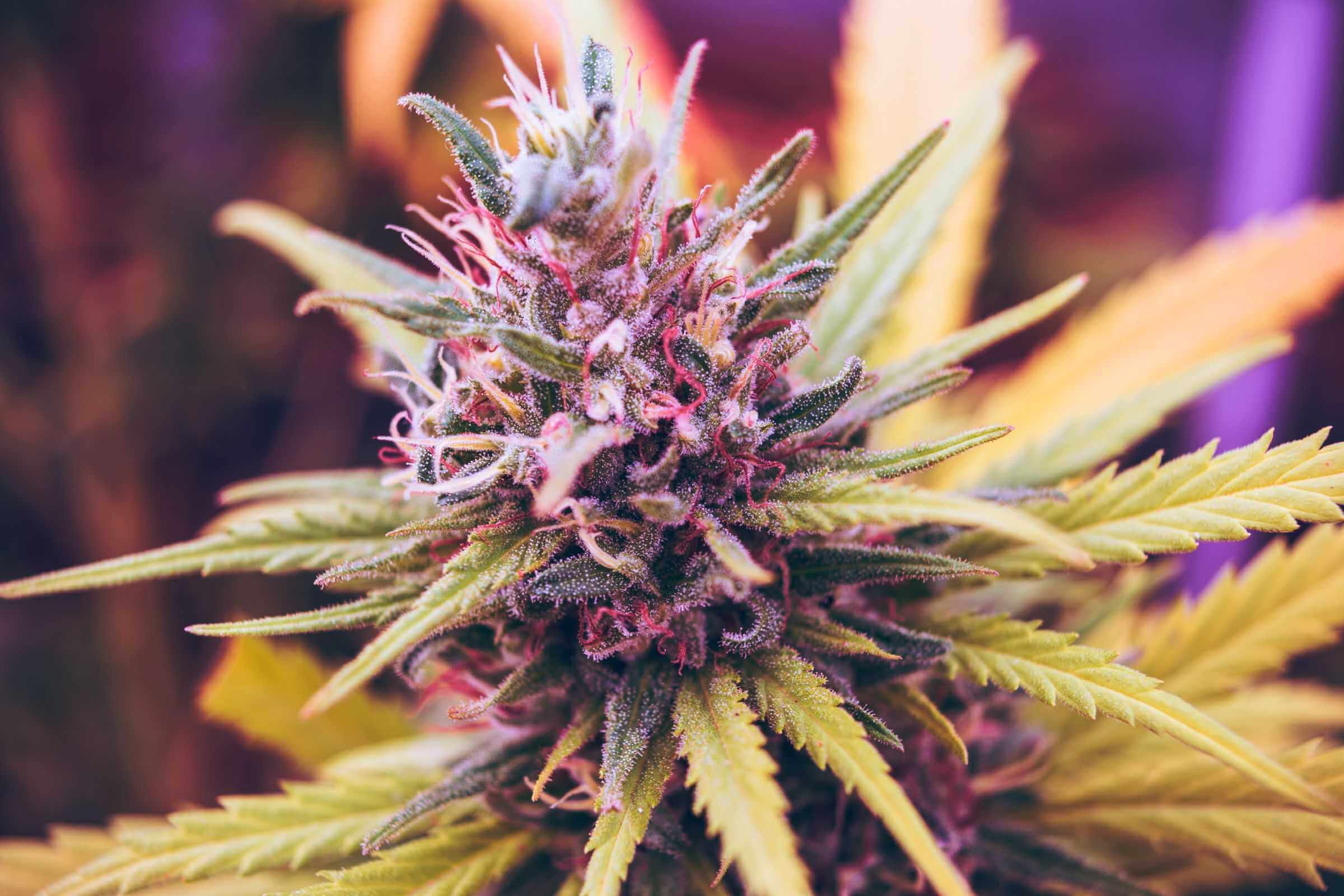
- Cannabis contains various psychoactive molecules such as THC, cannabidiol, cannabinol etc.
- Therapeutic or medical marijuana is authorised in more and more countries.
- The pain-relieving properties of cannabis have been well demonstrated
- Cannabis has the ability to stimulate the appetite or reduce the side effects of chemotherapy
You should also be aware of the potential interaction between cannabis and other drugs that may result in an increase or decrease in blood levels of various medications.
Be sure to discuss this with your doctor, pharmacist or nurse practitioner if you are taking other medications at the same time as cannabis.
Overall, medical cannabis is safe. It has virtually no overdose potential, so it does not cause overdose
How is medical cannabis administered?
Cannabis is prescribed by your GP or medical health professional. It must be proven that conventional treatments are ineffective and that the use of marijuana is documented in medical publications.
| Product | Australian Medicines Schedule | Approved |
|---|---|---|
| Marinol® (the active molecule is dronabinol, a synthetic equivalent of THC). | Schedule 8. Unregistered synthetic and analogue cannabinoid products. | TGA Special Access Scheme or Clinical Trials Scheme. |
| Cesamet® (nabilone molecule, an analog of dronabinol). | Schedule 8. Unregistered synthetic and analogue cannabinoid products. | TGA Special Access Scheme or Clinical Trials Scheme. |
| Nabiximols (Sativex®) is an oral spray of a formulated extract of the cannabis Sativa plant. | Schedule 8. For symptom improvement in multiple sclerosis (MS) | Registered on the ARTG - approved product. |
| Cannabidiol (CBD) prepared for therapeutic use. Cannabidiol comprises 98 per cent or more of the content. | Schedule 4. Unregistered cannabidiol products. | TGA Special Access Scheme or Authorised Prescriber or Clinical trials. |
| Tetrahydrocannabinol (THC) prepared for medical use. Varying strengths and forms available. | Schedule 8. Unregistered cannabinoid products derived from the cannabis plant. | TGA Special Access Scheme or Authorised Prescriber or Clinical trials. |
Most cannabis medical products are found in oral sprays or oils (CBD and THC).
This cannabis reserved for pharmacies is available in the United States (in a dozen states), Canada, Germany, Italy, and Finland.
In the Netherlands, the Office for Medical Cannabis still recommends its consumption in the form of herbal tea (three different preparations) or by using vaporisers to inhale the active ingredient of cannabis in vapour form but without burning it or producing carcinogenic substances.
In Canada, a sublingual spray made from cannabis extracts (and containing THC and CBD in equivalent proportions), Sativex® has also been available in pharmacies since 2005 in cases of severe neurological pathology (e.g. multiple sclerosis).
The United Kingdom, Australia, New Zealand, Belgium, and Switzerland also authorise the prescription by physicians and the dispensing by pharmacists of cannabis derivatives. More than twenty of these are said to be under development.
Cannabis-based drugs are approved in a few countries as adjuvant treatment mainly for patients with cancer or AIDS. Cannabis could be of interest in other cases.
Update on current and potential uses of cannabis as a medicine.
Existing cannabis-based drugs and confirmed indications
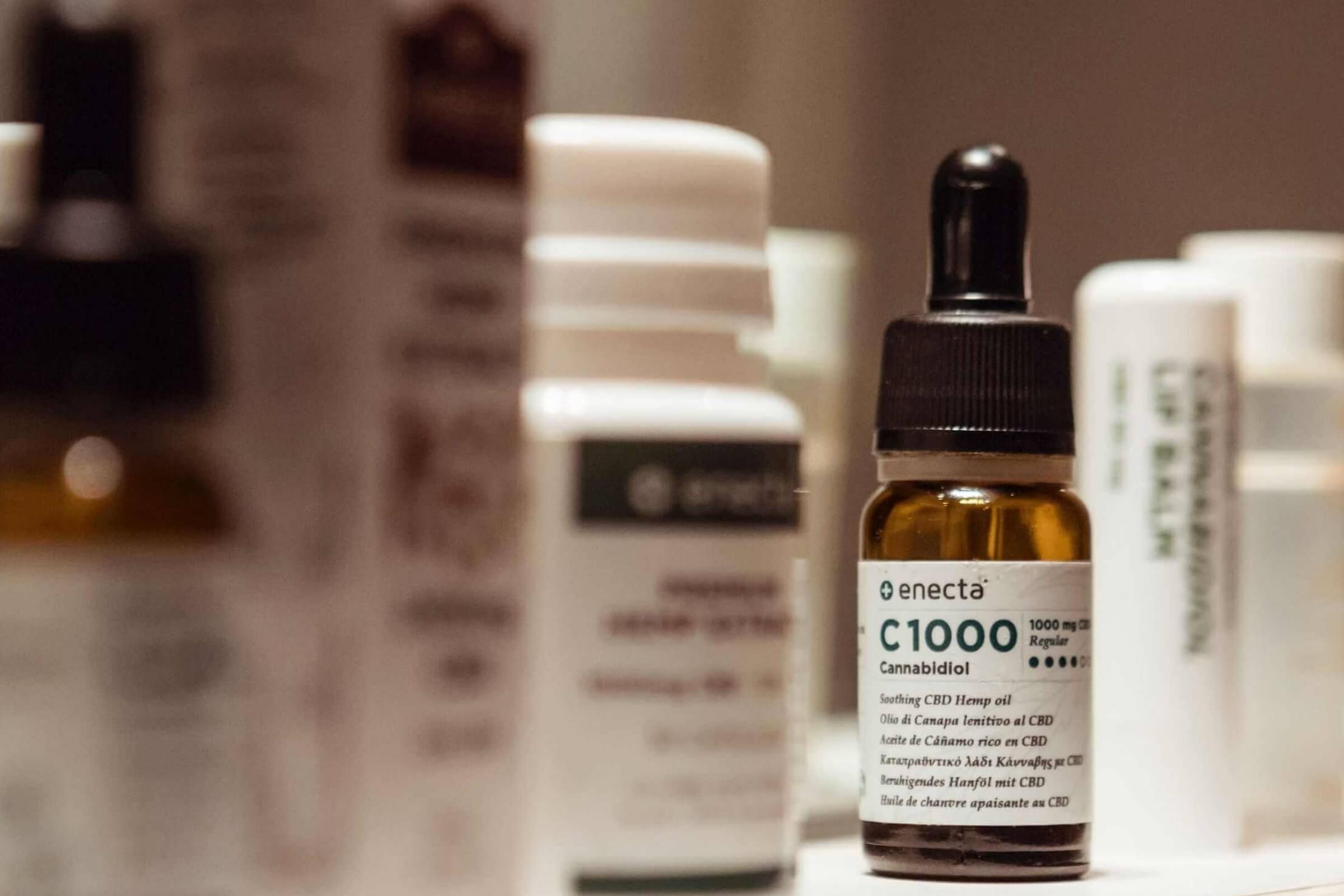
Since 1975, over 100 controlled trials have been conducted involving cannabinoids and whole plant compounds for various applications.
The results of these trials have led to the approval of cannabis-based drugs in several countries for specific indications with a sufficient level of evidence.
These include two synthetic THC compounds administered orally, Marinol® (dronabinol) and Cesamet® (nabilone). They are used in the treatment of chemotherapy-related nausea and vomiting or people with AIDS, and for nabilone as an appetite inducer in people suffering from HIV/AIDS, cancer or Alzheimer’s disease.
In the United States, dronabinol has been approved since 1985 for the treatment of nausea and vomiting caused by cytostatic therapy; and since 1992 for loss of appetite in patients with HIV/AIDS.
In Great Britain, nabilone has been approved for the treatment of chemotherapy side effects in cancer patients.
A randomised review in 30 trials with synthetic oral cannabinoids (nabilone and dronabinol) was conducted. The results showed that their effects were superior to those of dopamine receptor antagonists in the prevention of vomiting and nausea caused by chemotherapy.
Another well-known drug, a cannabis extract, is Sativex® which contains THC and cannabidiol (CBD).
It was approved in 2005 in Canada for the treatment of pain-related spasticity in multiple sclerosis. In Germany, Sativex® was approved in 2011 for the treatment of moderate to severe and refractory spasticity in multiple sclerosis after completion of a large study.
Forms of medicinal cannabis
These products will contain different dosages of the two active ingredients in cannabis, THC, and CBD, which do not have the same effects. And they will be offered in various forms, some “immediate-effect” (oil and dried flowers for inhalation) and others “long-acting” (drinkable solutions and oil capsules), depending on the patient’s needs.
In short, no seal due to the harmful effects of combustion on health.
Therapeutic cannabis does not involve smoking marijuana for pleasure - known as recreational cannabis - or using cannabinoid products to relax or sleep better - known as “wellness” use.
Therapeutic cannabis is only intended for patients with serious illnesses whose suffering is not alleviated by conventional drug treatment. Health professionals supervise its use.
Cannabidiol and tetrahydrocannabinol
Its composition also distinguishes medical cannabis. Marijuana users seek the effects generated by tetrahydrocannabinol (THC), the plant’s primary psychoactive substance.
In cannabis pharmaceuticals, this cannabinoid is less concentrated - or even completely absent - in favour of cannabidiol (CBD).
Unlike THC (tetrahydrocannabinol), CBD (cannabidiol) does not change thinking, mood or relationships with other people.
For which diseases is it effective?
On this question, specialists agree that it is effective in limiting severe epileptic seizures in children and reducing limb rigidity in multiple sclerosis.
Michel Reynaud, president of the Equity Addiction Fund, is enthusiastic: “It has been proven that this molecule is an analgesic”.
A report from the American Academy of Medicine in 2017, published in one of the most prestigious scientific journals, precisely states these benefits for each disease.
What is medicinal CBD in Australia?
CBD is extracted from hemp. The hemp plant is widely cultivated throughout the world, as it is used in the textile, cosmetics or construction industries for its insulating properties.
Hemp must contain no more than a 0.3% concentration of delta-9 tetrahydrocannabinol (delta-9 THC)
Read more on the difference between Marijuana and Hemp.
Its cultivation is allowed if it contains little THC. However, it is regulated and controlled. It is not possible to plant it at home without authorisation.
What are the effects of CBD on the consumer?
Various studies have been conducted on this molecule since the 1960s. They have proven the effects of CBD on many diseases. In particular, it would make it possible to reduce:
- Anxiety
- Sleep disorders
- Nausea and vomiting, especially related to chemotherapy
- Anxiety attacks
- Inflammations
- Seizures
- The occurrence of cardiovascular disease
- Skin diseases (psoriasis)
- Diabetes
- Seizures in Patients with Schizophrenia
- Osteoarthritis pain and contractures
- Addictions to substances such as alcohol
Moreover, it is now known that CBD plays a significant role in the relief of so-called neuropathic pain (as opposed to nociceptive pain).
These pains are difficult to alleviate with drugs such as paracetamol or morphine. CBD is, therefore, a useful molecule for patients with multiple sclerosis or fibromyalgia.
The use of CBD in this type of patient would significantly improve their quality of life. This is why the CBD molecule is included in the composition of Sativex.
The effects of CBD would go even further since a study has shown that cannabinoids have an action on the reduction of cancer cells when CBD and THC are combined.
CBD forms

The CBD molecule has been broken down into various consumer products that treat different illnesses, conditions and body-types.
Nowadays, CBD can be consumed in various forms:
- Oils: to be ingested or applied to the skin.
- Infusions: to consume, used for relaxation
- Capsules: to be taken as a dietary supplement
- CBD e-liquids in an electronic cigarette: with various flavours and dosages
- CBD crystals: to be ingested, diluted in a drink, a dish or let melt under the tongue.
- Topicals: to be applied to the skin, to fight against psoriasis or acne.
How to consume CBD?
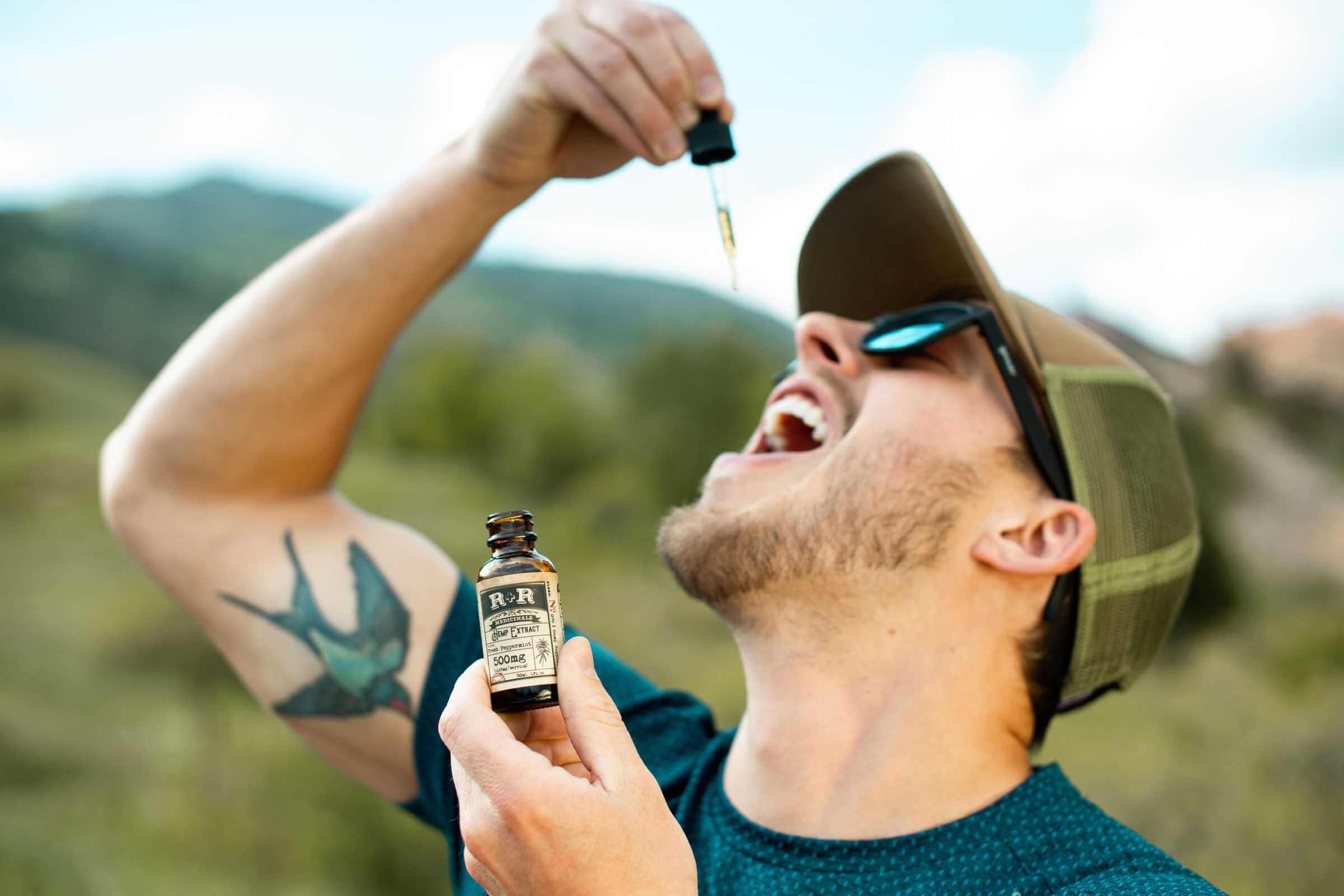
CBD Oil
CBD oil is a whole bunch of products. It is usually sold in liquid form in small bottles with a pipette cap, but can also be found in capsules to be swallowed. It is consumed sublingually or ingested, or can be mixed with drinks or preparations.
CBD cartridges
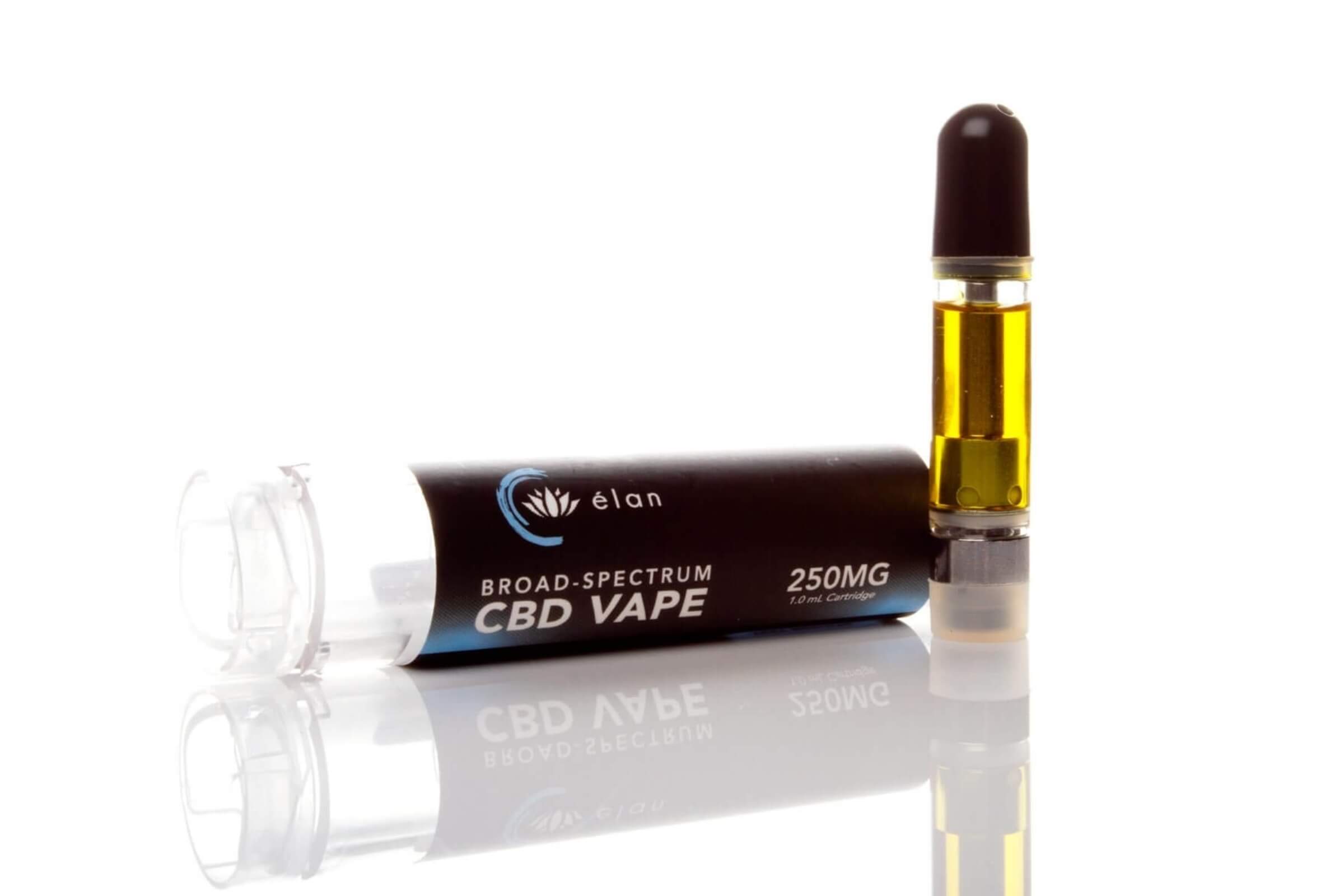
CBD cartridges contain a cannabidiol extract and are screwed onto batteries such as electronic cigarettes. Sprayed CBD produces fast-acting effects, making this method of administration ideal for those who need quick relief from symptoms such as anxiety and stress.
CBD Topicals
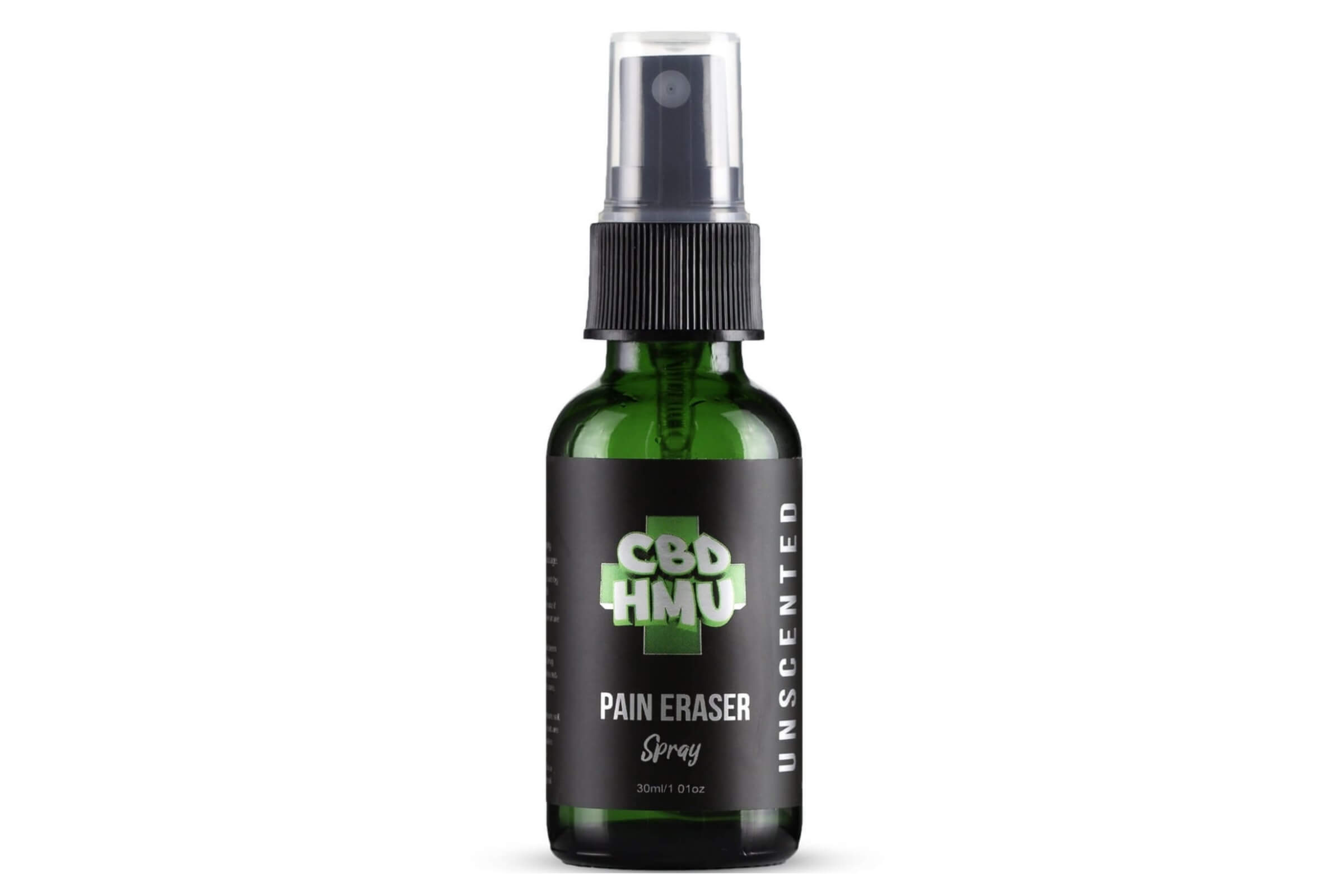
CBD topicals globally group cosmetics that contain CBD with direct application to the area of need. Lotions, balms, gels, sprays, oils, creams, lubricants etc. CBD topicals come in several forms.
Some pass more quickly through the skin (water-based) and others are more deeply absorbed (oil-based).
Choosing a variety and how to use it
There are hundreds of varieties of therapeutic cannabis with at least as many components. Still, the two best known are:
- Tetrahydrocannabinol (THC), which produces euphoria.
- Cannabidiol (CBD), which appears to account for most of the known medicinal effects.
The majority of those prescribed marijuana choose a variety rich in CBD and low in THC to get the therapeutic benefits without the high.
Doctors discourage smoking cannabis because of the respiratory problems and the risk of cancer that accompany it.
The vaporiser, which boils cannabis flowers without burning them, reduces these drawbacks.
In edible form or oil, it is more complicated to find the right dosage, so it is essential to start with a small amount and wait at least two hours before retaking it.
Cannabinoids are also available as medications, making it easier to find the right variety and dose.
CBD and the entourage effect
Dozens of other cannabinoids and terpenes also have therapeutic effects. New research points to the synergistic effect of these molecules, revealing that an isolated cannabinoid may provide a benefit to only a minority of patients.
The combination of several or all cannabinoids may work better medically.
According to the U.S. National Institutes of Health, the delicate interaction of cannabinoids and terpenes, called the entourage effect, can be used to treat “pain, inflammation, depression, anxiety, addiction, epilepsy, cancer, and fungal and bacterial infections.
The whole plant, and multi-cannabinoid extracts, could, therefore, prove more effective in a majority of patients.
Children treated with CBD oil to treat their epilepsy or other neurological problems.
Some of these patients see their condition improve significantly after taking these cannabis extracts. Children go from having dozens of epileptic seizures a week to only a few a year.
The best known is Charlotte Figi, mainly through the media coverage that surrounded the drastic reduction, 99% less, of her epileptic seizures.
She is also the inspiration behind the cannabis strain Charlotte’s Web.
Charlotte Figi’s miracle is undoubtedly inspiring. Every patient deserves a treatment that brings relief. However, this should not rule out the facts, namely that CBD alone does not work for everyone.
It works differently for every patient. Here again, research is needed to determine the mechanisms of healing, so that we do not have to test, for example, overdosed THC mixtures on children.
Final Thoughts
Research seems to prove that cannabis does indeed have medical virtues.
As the legalisation movement gains popularity and momentum around the globe, more and more researches are being done on the many benefits of cannabis.
As evidence accumulates, it is only a matter of time before medical cannabis is available across the globe. This is good news for cannabis enthusiasts, but also humanity and all its ailments.
References:
- Cannabis use in ancient China
- The Indian hemp plant
- Cannabis and Pain: A Clinical Review
- Medical Cannabis In The 19th Century
- The discovery of Delta 9 THC in 1964
- A History of Endocannabinoids and Cannabis
- Cannabinoid Receptors: A brief history and what not
- Marijuana and Muscle Spasticity
- International Association for Medical Cannabis
- Cannabinoids in Movement Disorders
- The Endogenous Cannabinoid System Regulates Seizure Frequency
- RIA neuroscience study points to possible use of medical marijuana for depression
- The Health Effects Of Cannabis And Cannabinoids
- Cannabis substitute may combat Parkinson’s side effect
- A Molecular Link between the Active Component of Marijuana and Alzheimer’s Disease Pathology
- Smoked cannabis for spasticity in multiple sclerosis: a randomized, placebo-controlled trial
- Effect of sublingual application of cannabinoids on intraocular pressure: a pilot study
- Cannabidiol as a novel inhibitor of Id-1 gene expression in aggressive breast cancer cells

James King
James is an experienced writer and legal cannabis advocate in Australia. He answers all the questions about business, legalisation and medicinal cannabis.
Disclaimer: Cannabis Place are not doctors and we recommend consulting health professionals for accurate information. This site may contain information regarding drugs. This medicinal cannabis content is designed for an 18+ audience. Click here for our full disclaimer

